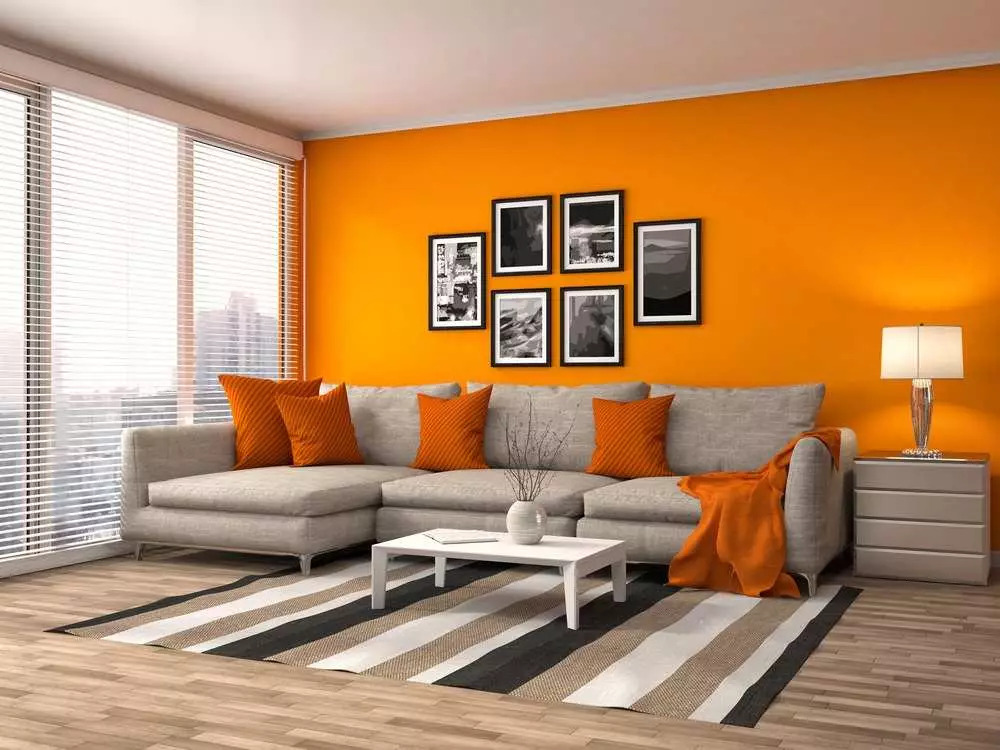Color has the remarkable ability to shape our emotions, influence our mood, and transform the ambiance of a space. In the realm of interior design, selecting the right color palette is akin to choosing the soul of your home. Each hue holds its own unique energy, and understanding the psychology of color is key to creating a living environment that resonates with your personality and lifestyle.
1. Understanding the Basics
Before diving into the world of colors, it’s essential to grasp the basics. Primary colors – red, blue, and yellow – form the foundation of all hues. By mixing these primary colors, secondary colors (green, orange, and purple) are created. Tertiary colors, a combination of primary and secondary hues, offer a broader spectrum for your palette. Understanding this color wheel is fundamental to crafting a harmonious color scheme.
2. The Psychology of Colors
Colors have psychological effects that can significantly impact your daily life. Warm colors like reds, yellows, and oranges evoke energy, passion, and enthusiasm. They are perfect for spaces where socialization and activity are encouraged, such as living rooms and dining areas. On the other hand, cool colors like blues, greens, and purples create a calming atmosphere, making them ideal for bedrooms and study areas.
3. Personalizing Your Palette
Your color palette should reflect your personality and the ambiance you wish to create. Consider the mood you want to establish in each room. For a cozy, intimate atmosphere, earthy tones like beige, brown, and terracotta work wonders. For a modern and sophisticated look, neutrals like gray, white, and black can serve as a timeless backdrop, allowing you to experiment with pops of vibrant colors through furniture and accessories.
4. Balancing Act: Achieving Harmony
Balancing colors is an art. It’s crucial to strike a balance between dominant, secondary, and accent colors. A common rule is the 60-30-10 principle: 60% dominant color (walls), 30% secondary color (furniture), and 10% accent color (decor items). This ensures visual harmony without overwhelming the senses.
5. Testing and Adapting
Before committing to a color, it’s advisable to test it in the actual space. Natural and artificial lighting can significantly alter how a color appears. Paint a small section of your wall and observe it at different times of the day. Additionally, consider the existing elements in the room – the flooring, curtains, and existing furniture – and choose colors that complement these elements.
In conclusion, the power of color in interior design is undeniable. It has the ability to breathe life into your home, creating an atmosphere that is not only aesthetically pleasing but also emotionally enriching. By understanding the fundamentals of color theory, embracing the psychology of colors, personalizing your palette, achieving balance, and testing your choices, you can confidently choose the perfect color palette for your home, turning it into a haven of comfort, style, and self-expression.


YOUR COMMENT